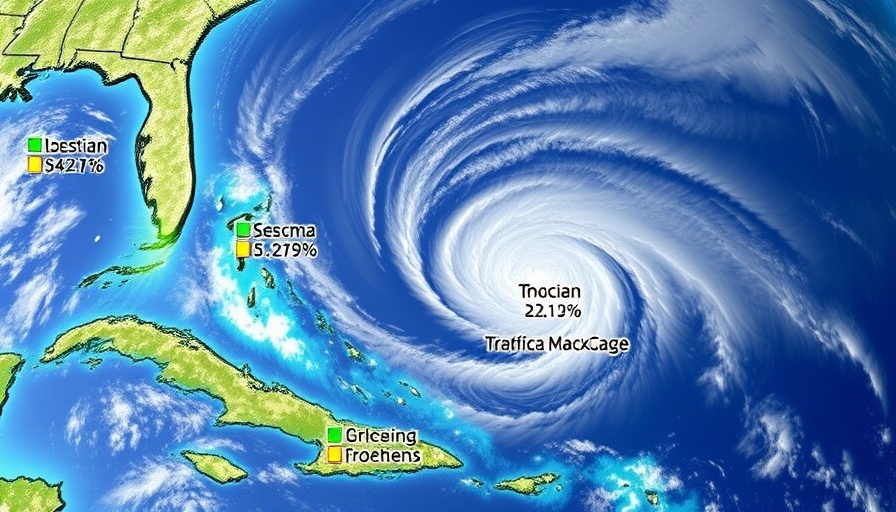
The Controversy Over the Gulf's Name
In a bold move that stirred diplomatic tensions, Mexico has firmly opposed the U.S. proposal to rename the Gulf of Mexico to the "Gulf of America." This declaration came from Sergio Gutierrez Luna, the President of the Chamber of Deputies of Mexico, during a recent interview in Beijing. The Gulf, which has been known by its current name since the 16th century, represents not only a significant geographical feature but also a part of Mexico's historical identity.
Historic Significance and Sovereignty
The historical implications of the name "Gulf of Mexico" cannot be overstated. It signifies a region that has been recognized internationally for centuries. Gutierrez Luna argued that this name change threatens Mexico's sovereignty and disregards long-established international recognition. "We believe that the international community has always recognized the existing name of this geographical area," he stated, underscoring the need for respect towards established territorial titles.
Legal Reactions and Google's Role
Following the announcement of the name change by U.S. President Donald Trump via executive order, a significant development occurred: Google Maps began labeling the Gulf as "Gulf of America" for its U.S. users. This has led Mexico to file a legal complaint against Google, asserting that the change undermines Mexico's territorial integrity. The action embodies the growing concerns over digital sovereignty and the power tech companies wield in shaping geographical narratives.
Broader Implications for U.S.-Mexico Relations
This naming dispute touches upon larger issues between the United States and Mexico. The two nations share not just a border, but numerous treaties and economic ties, particularly in fishing and trade industries. As the Gulf of Mexico plays a crucial role in commercial fishing and local tourism, changes to its nomenclature could potentially disrupt established industries that rely on this identification.
Future Predictions and Opportunities
Looking ahead, the ongoing dialogue surrounding the Gulf's name could lead to more discussions about sovereignty and regional identity. While the immediate effects may be limited, the long-term ramifications involve heightened scrutiny of how the United States interacts with its neighbors and redefines geographical identities. For those invested in political relations and international law, this situation presents an opportunity for enhanced bilateral discussions.
What Can Be Done?
For concerned citizens, this is a call to recognize the importance of geographical nomenclature in our ever-globalizing world. Engaging in conversations about cultural identity and respect can foster better international relations. Continued dialogue among political leaders and citizens alike about the significance of such names can provide pathways towards understanding and collaboration.
In conclusion, the conflict over the Gulf's name serves as a reminder of the importance of territorial identities and the shared histories they embody. As we move forward, it is essential for both political leaders and the general public to consider the broader implications of naming and regional identity. For those interested in the political landscape, staying informed about this evolving situation is crucial.
 Add Row
Add Row  Add
Add 




Write A Comment